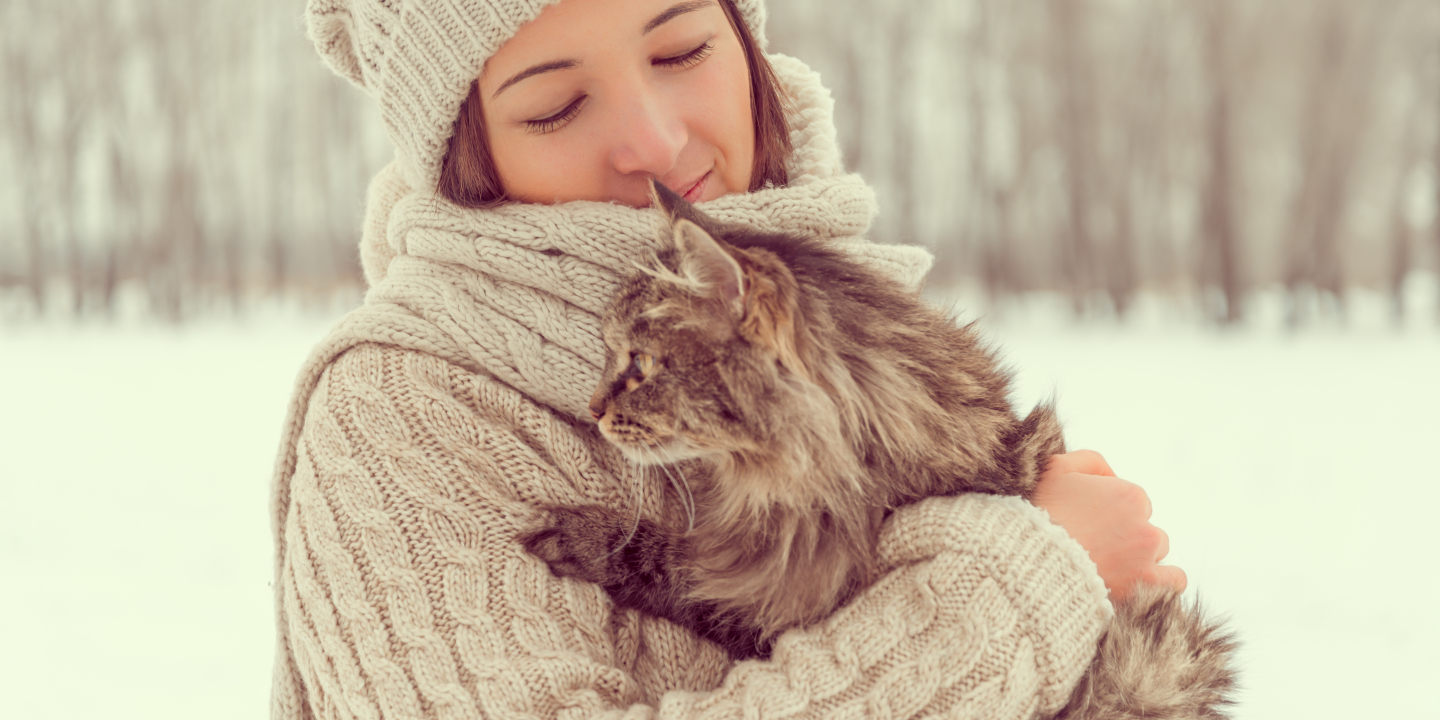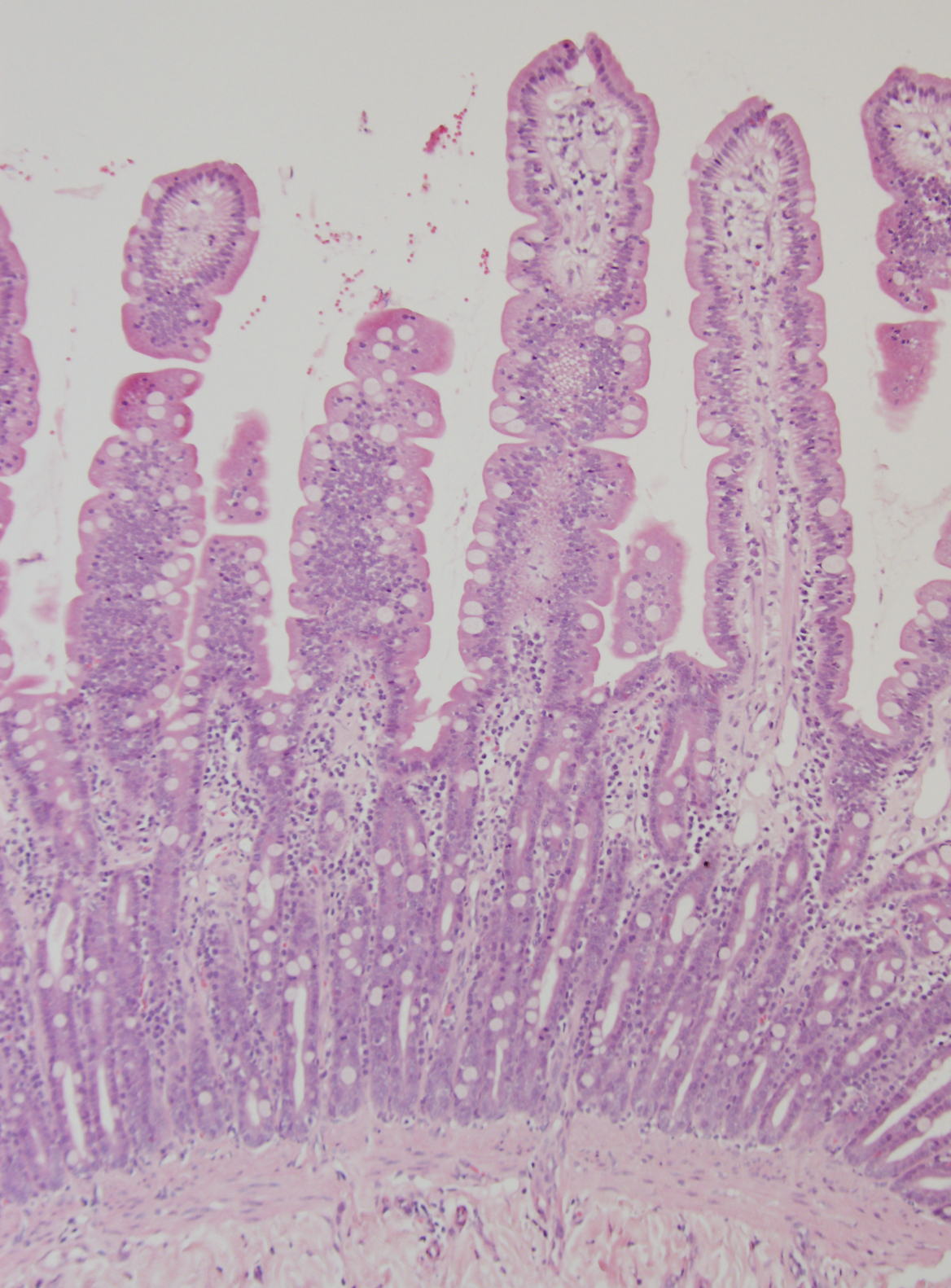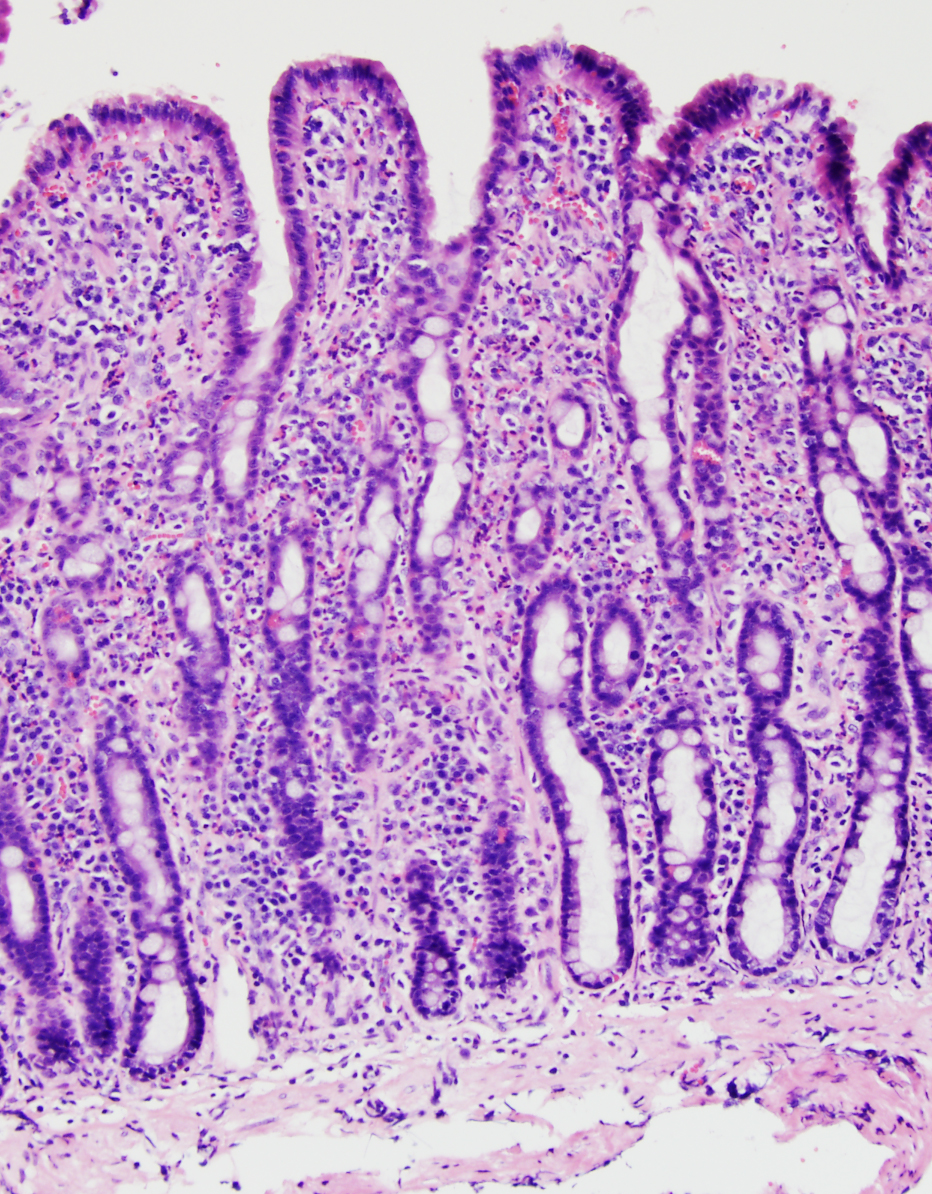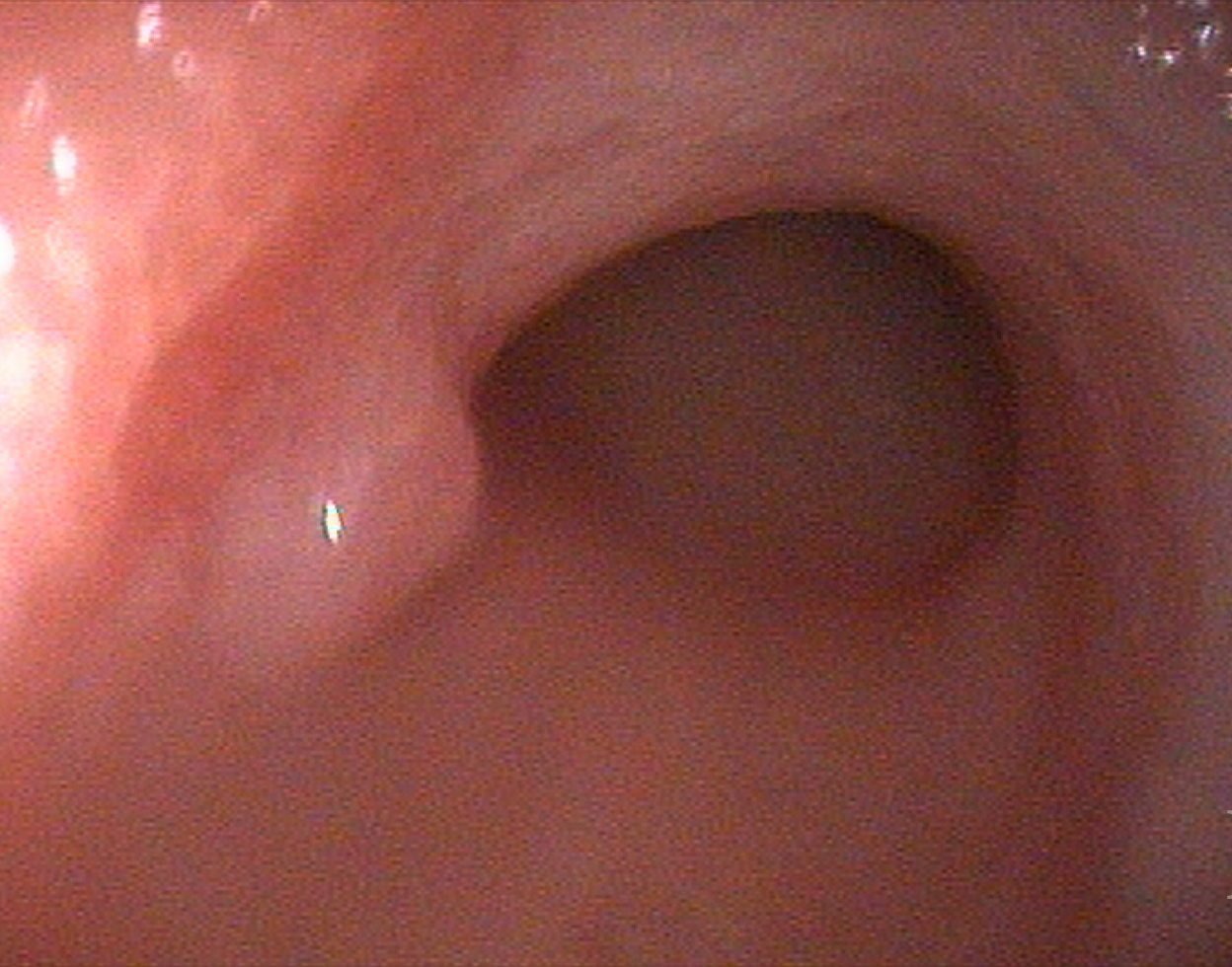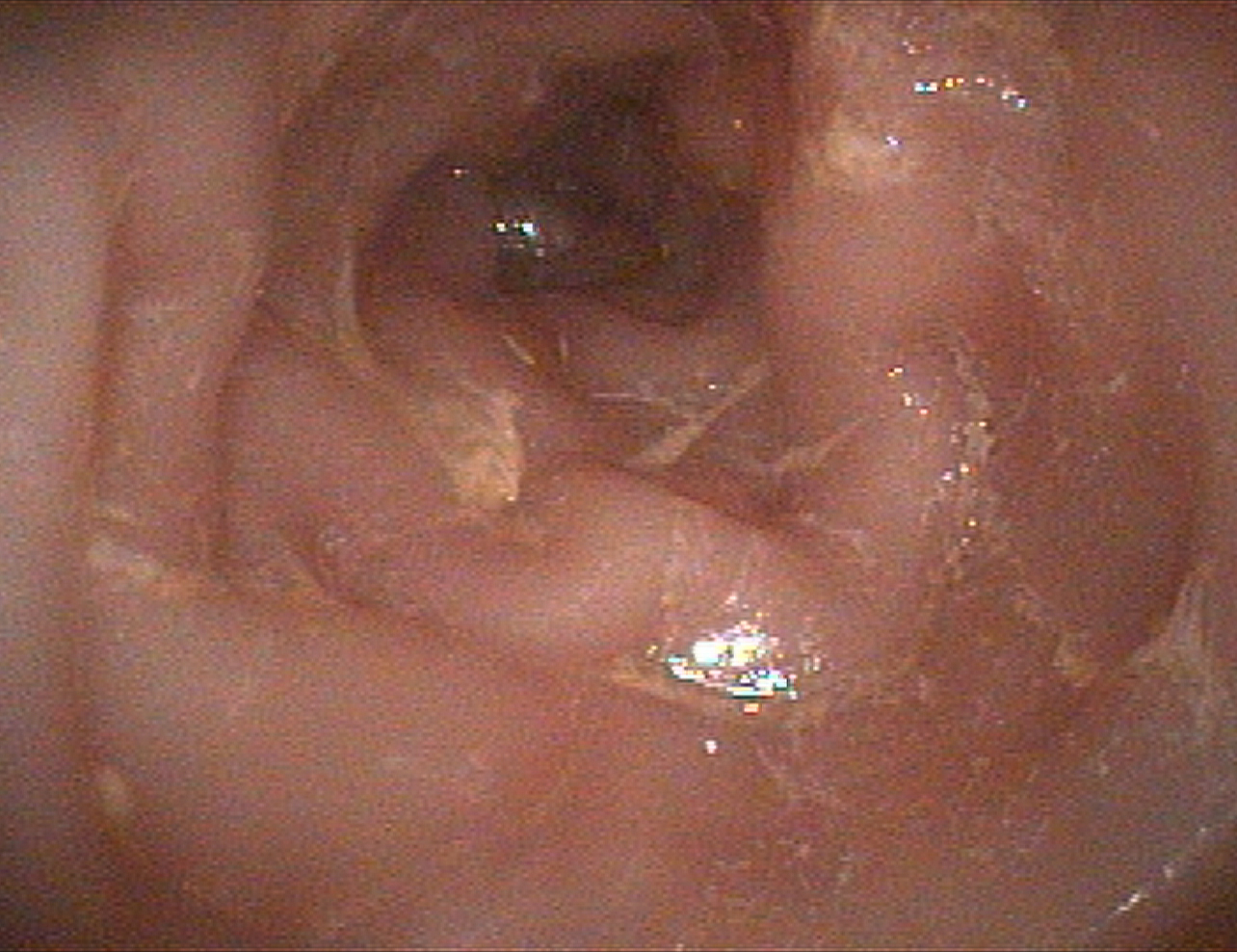Inflammatory Bowel Disease
Feline inflammatory bowel disease (IBD) is a condition in which a cat’s gastrointestinal (GI) tract becomes chronically irritated and inflamed.
Inflammatory cells infiltrate the walls of the GI tract, thickening them and disrupting the ability of the GI tract to properly digest and absorb food. Cats of any age can be affected by IBD, but the disease occurs most often in middle-aged and older cats.
While the cause of IBD is unknown, current evidence suggests that it arises from a complex abnormal interaction between the immune system, diet, bacterial populations in the intestines, and other environmental factors. Based upon similarities to IBD in people and dogs, genetic abnormalities of the immune system are also thought to play a role in feline IBD.
IBD can take different forms depending on the region of the GI tract and the type of inflammatory cells involved. If the stomach is inflamed, the condition is called gastritis. If the small intestine is inflamed, it’s referred to as enteritis; and if the colon (large intestine) is inflamed, it’s called colitis. The most common form of IBD, termed lymphocytic plasmacytic enteritis, involves inflammatory lymphocytes and plasma cells invading the small intestine. Eosinophils are another type of inflammatory white blood cell commonly involved in feline IBD. They may be the predominant cell type on occasion, as in eosinophilic gastroenteritis, but they are more commonly part of a mixed population of inflammatory cells. Two less common forms of IBD are neutrophilic IBD, which involves neutrophils, and granulomatous IBD, which involves macrophages. In some cases, IBD may be accompanied by inflammation of other abdominal organs, including the liver and pancreas.
Clinical Signs
Common signs of feline IBD include vomiting, weight loss, diarrhea, bloody stools, lethargy, and decreased appetite. These signs can vary in severity and frequency, and the predominant signs depend on which parts of the GI tract are affected. For example, if the stomach or higher areas of the small intestine are inflamed, the cat may experience chronic vomiting. Inflammation in the colon, in contrast, is more likely to cause diarrhea, with or without blood in the stool.
Diagnosis
Making a diagnosis of feline IBD requires an extensive workup because many of the signs of IBD are commonly seen with other diseases. Your veterinarian will likely recommend baseline blood work, fecal examinations, X-rays, or an abdominal ultrasound to check for metabolic disease, feline leukemia, parasitic or bacterial infections, hyperthyroidism, and certain types of cancer. Intestinal lymphoma, a form of cancer, can be particularly difficult to distinguish from IBD in cats. A veterinarian may also measure the levels of the B vitamins B12 and folate in the bloodstream, as IBD can hinder the absorption of these vitamins from the GI tract. A hypoallergenic food trial may also be conducted to rule out food allergy.
A definitive diagnosis of feline IBD requires an intestinal or gastric biopsy and evaluation of the tissue under a microscope. A patient with IBD will have increased numbers of inflammatory cells in the intestinal wall (Figures 1 and 2). The types of cells found will indicate what type of IBD is present and help guide treatment. Gastrointestinal biopsies may be performed using a flexible camera, called an endoscope, that is passed through the mouth or the rectum (Figures 3 and 4), or via abdominal surgery. Endoscopy is a less invasive procedure; however, surgery may be recommended for patients in whom liver or pancreatic disease is also suspected, so that these organs can be biopsied as well. Both endoscopy and surgical biopsy require general anesthesia, and the associated risks must be considered when deciding whether to perform these tests.
Treatment
A veterinarian will usually recommend treatment for intestinal parasites if this has not recently been done, and a combination of dietary modification and various medications as the first steps. There is no single best treatment, so your veterinarian may need to try several different combinations of diet or medication to determine the best therapy.
Dietary Management
Because dietary allergens can play a role in IBD, your veterinarian may recommend a food trial using hypoallergenic diets. These diets contain protein or carbohydrate sources that the cat has never eaten before. Rabbit, duck, or venison-based diets are common initial choices. If symptoms do not improve with a hypoallergenic diet, then your cat may benefit from diets that are high in fiber, low in fat, and easily digestible. It may take several weeks, or even longer, for cats to improve after a diet change. During any food trial, all other food sources, including table scraps, flavored medications, and treats must be eliminated.
Medical Treatment
Metronidazole may be recommended along with dietary modification as the first medical therapy. Metronidazole has antibiotic, anti-inflammatory, and antiprotozoal properties, and is usually fairly well tolerated, although some cats may lose their appetite when given this drug.
If dietary modification or metronidazole are not effective, corticosteroids, which are potent anti-inflammatory and immune-suppressing agents, may be recommended, either alone or in combination with metronidazole. Cats should be monitored closely while they are on corticosteroids, as diabetes and immune suppression are among their potential side effects. Nonetheless, cats tend to tolerate these drugs well as long as they receive them at an appropriate dose.
Cats usually take corticosteroids orally, starting with a higher dose that is gradually reduced over several weeks. In cats that won’t take medication orally, or in cases in which vomiting is severe, your veterinarian may give the medications as an injection.
If none of these medications successfully controls the symptoms of IBD, more potent immunosuppressive drugs, such as chlorambucil or azathioprine, may be necessary. These drugs can suppress production of white blood cells, red blood cells, and, less commonly, platelets, in the bone marrow. A veterinarian must carefully monitor cats taking these drugs.
As GI bacteria may play a role in the development of IBD, newer therapies include prebiotics, which are substances that promote certain bacterial populations, and probiotics, which are bacterial strains that promote GI health. The addition of soluble fiber, such as psyllium, to the diets of cats with inflammatory colitis may be helpful, and supplementation with folate or vitamin B12 should be provided if an affected cat is deficient in these B vitamins.
Prognosis
IBD can often be controlled so that affected cats are healthy and comfortable. However, even with proper management, symptoms may come and go. Keeping the disease in check requires strict compliance with dietary and medical therapies. Vigilant monitoring by the veterinarian and owner is also critical, so that relapses can be assessed and the dosing of long-term medications can be adjusted.
Updated April 2018




